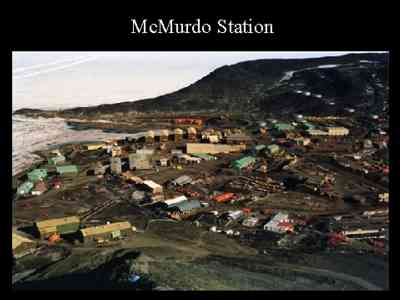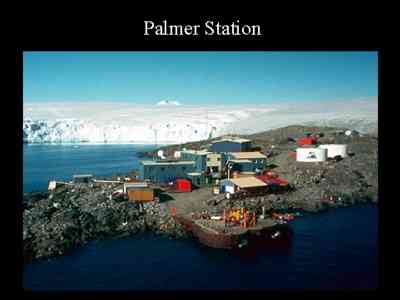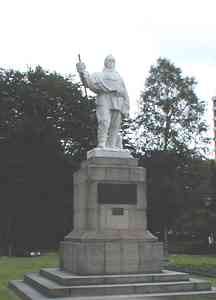5 November, 2000
The People of Antarctica
Since ancient times there was speculation about the existence of a great
southern continent. But due to the difficult seas, broad expanse of pack
ice, and the hostile climate, the existence of Antarctica was not confirmed
until the 1820s.
The extreme environment made the task of exploring Antarctica a slow,
painstaking process. Expeditions led by Roald Amundsen of Norway and Robert
Scott of England finally reached the South Pole in 1911 and 1912.
The International Geophysical Year (IGY) of 1957-1958 was a turning point in
the history of the continent. This was a cooperative effort in which
several nations parcticipated in a multitude of scientific endeavors. This
concerted effort really opened the Antarctic to scientific research.
The IGY led to the drafting of the Antarctic Treaty in 1959. This agreement
set aside existing territorial claims. Instead it provided that the
continent would be shared for peaceful purposes. Currently, 43 countries
have signed the treaty, which also provides for free exchange of scientific
information and environmental protection.

Today 23 nations maintain stations in Antarctica. These stations provide support for a broad range of scientific research. The United States maintains the biggest presence on the continent with over 600 scientists and 2000 other personnel during the austral spring and summer. The largest contingent of over a thousand is at McMurdo Station. Amundsen-Scott South Pole Station and Palmer Station on the Antarctic Peninsula host smaller numbers. Other personnel work aboard research vessels and at field camps like Siple Dome.




R.V. Nathaniel B. Palmer (images credit: NSF)

Robert Scott and four companions perished in 1912 on their return from the South Pole. His statue, sculpted by his widow, was erected in Christchurch, New Zealand in 1917.
Contact the TEA in the field at
.
If you cannot connect through your browser, copy the
TEA's e-mail address in the "To:" line of
your favorite e-mail package.
|
